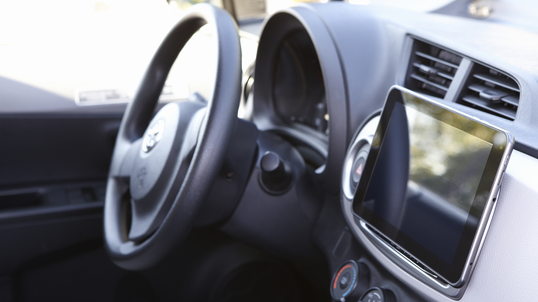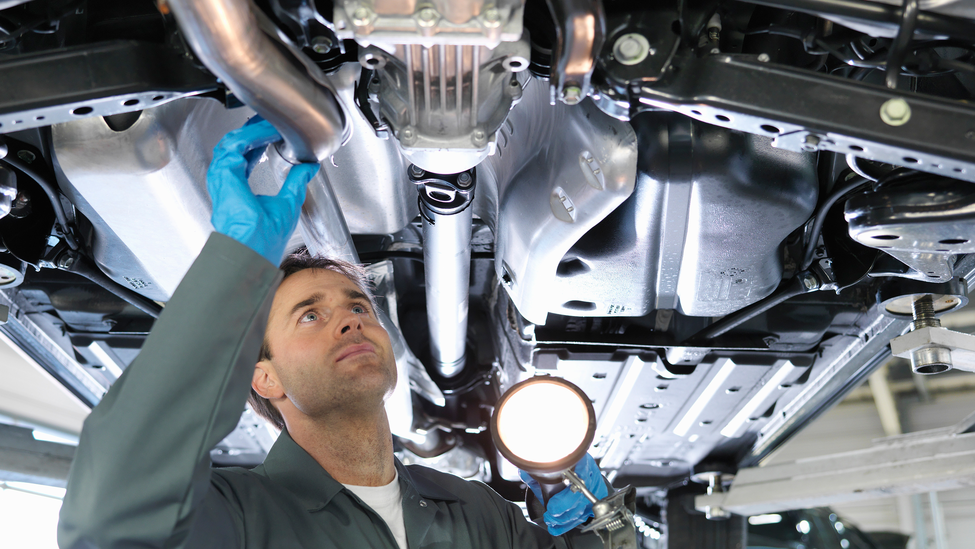How Aftermarket Immobilizers Can Help Prevent Auto Theft


Aftermarket immobilizers are becoming an essential tool to protect your vehicle as the number of stolen cars across Canada continues to rise. According to Equite Association, vehicle theft increased nearly 50 percent in Ontario alone in 2023.1
This uptick might be attributed to advanced methods developed to bypass factory immobilizers. Modern thieves harness the power of the internet, gleaning techniques from online videos and social media. A well-chosen and expertly installed aftermarket immobilizer, combined with other security strategies, can fortify your vehicle against such threats.
Understanding immobilizers
There are primarily two types of immobilizers: the factory (or OEM) immobilizer and the aftermarket version.
A factory immobilizer is pre-installed in vehicles. It operates like this:
- Within the key or key fob there is a ‛transponder’ chip. When the key is placed into the ignition or the key fob is near the car, the vehicle sends out a distinct signal. This signal is identified by the transponder within the key or fob.
- Upon identification, the car’s transponder returns a unique code. If the code aligns with a previously programmed one in the vehicle’s system, the car begins its start sequence.
- But if the codes mismatch or if the transponder doesn’t respond (as would occur with a thief using an unsuitable tool or unprogrammed key), the immobilizer system disables vital operational elements, such as the ignition or fuel pump.
In contrast, an aftermarket immobilizer is not part of the vehicle’s original equipment. It is added to the vehicle subsequent to leaving the factory floor.
Diving into immobilizer technology
For older cars lacking integrated systems, installing an aftermarket immobilizer remains a robust initial defense. Even owners of newer models can consider adding aftermarket systems, provided they are compatible and comply with their vehicle sale agreement terms & conditions.
Cutting-edge aftermarket immobilizer tech varies:
- Standalone immobilizers, akin to traditional key fobs, needing a coded key or smartphone for car activation.
- Digital anti-theft systems necessitating specific button sequences on radios, steering wheels, or consoles to disarm the device.
- Alarm-linked immobilizers that block engine function if the car is tampered with, triggering the alarm.
- Kill switches mirror immobilizers by deactivating the engine yet are concealed and operated by the owner.
Installing an aftermarket immobilizer
While immobilizers are available at numerous outlets, including online, always seek guidance from expert mechanics, dealerships, or specialized security installation firms. Ensure compatibility with your vehicle model, especially newer ones, to avoid conflicts with existing security. Installation expenses range between $200 to $1,000.
Exploring more security alternatives
Beyond immobilizers, other protective systems include:
- Steering wheel lock mechanisms.
- GPS trackers alerting your phone of vehicle movement.
- Wheel clamps hampering car movement.
When parking, adhere to these precautions:
- Use locked garages.
- For outdoor parking, opt for well-lit spots.
- On cold days, employ remote start devices rather than leaving keys in the ignition.
- Always lock vehicles, keeping windows shut.
- Refrain from leaving spare keys, wallets, or valuables inside.
- Store key fobs away from home entrances to avoid signal relay theft.
- For vehicles with key fob systems, consider a "Faraday bag." This specialized pouch, crafted with signal-blocking materials, can disrupt the fob-to-engine connection when keys are stored within, possibly preventing relay thefts.
As Canada witnesses a persistent rise in vehicle thefts, staying updated and proactive is essential. Incorporating an aftermarket immobilizer, complemented by layered auto security solutions, can be instrumental in safeguarding your vehicle.


